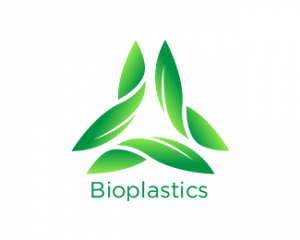‘Abundantly clear’: Bioplastic feedstocks pose no competition to land for food-use
 The land area used to grow crops for bioplastic is “nowhere near” being in competition to food and feed, according to European Bioplastics.
The land area used to grow crops for bioplastic is “nowhere near” being in competition to food and feed, according to European Bioplastics.
The surface required to grow sufficient feedstock for today’s bioplastic production is less than 0.006% of the global agricultural area of 5bn hectares, said a report published today by the group.
It was also predicted in 2016 the surface required would be around 1.1m hectares or 0.022% in relation to the global agricultural area.
Global production capacity of bioplastics for bottle packaging was 377,000 tonnes in 2011, including PLA and PLA blends and bio-PET sources and this is expected to grow to 3,726,000 tonnes by 2016.
The figures are based on findings from the Food and Agriculture Organization of the United Nations (FAO) and calculations of the Institute for Bioplastics and Biocomposites (IfBB, University Hannover, Germany).
Balance needed
European Bioplastics said that increasing efficiency of feedstock and agricultural technology will be key to the balance between land-use for bioplastics and land for food and feed.
European Bioplastics market data depicts production capacities of around 1.2m tonnes in 2011.
This translates to 300,000 hectares of land-use to grow feedstock for bioplastics. In relation to the global agricultural area of 5bn hectares, bioplastics use is only 0.006%.
The group said looking at the global agricultural area and the way it is used makes it “abundantly clear” that 0.006% used to grow feedstock for bioplastics are nowhere near being in competition with the 98% used for pastures and to grow food and feed.
Transparent discussion
Kristy-Barbara Lange, head of communications at European Bioplastics, said it was too much like looking into a crystal ball to predict any further than 2016.
“The numbers so far show no real competition arising in the mid-term and in the long term you have the population growth of billions of people and oil depleting so we need to find a way in the middle.”
Feedstocks such as cellulose, algae, bio-succinic acid or other building blocks that don’t compete with the food chain could be used in a few years but they are not something to substitute the first generation feedstock being used now, she added.
When asked what the hope was for the report, Lange said: “That people recognise the numbers as fair and independent and agree that bioplastics pose no danger now or tomorrow and work to helping on this issue.”
Of the 13.4bn hectares of global land surface, around 37% (5bn hectares) are currently used for agriculture.
This includes pastures (70%, 3.5bn hectares) and arable land (30% 1.4bn hectare).
The 30% of arable land is further divided into areas used to grow crops for food and feed (27%, 1.29bn hectares), and crops for materials (2%, 100m hectares, including the share used for bioplastics), and crops for biofuels (1%, 55m hectares).


































